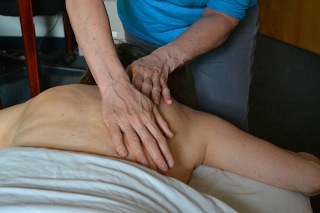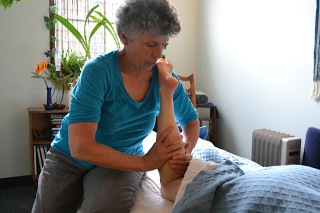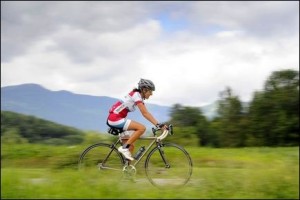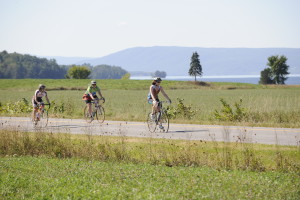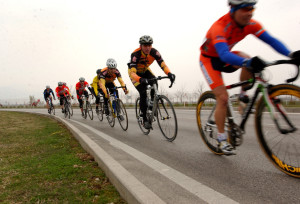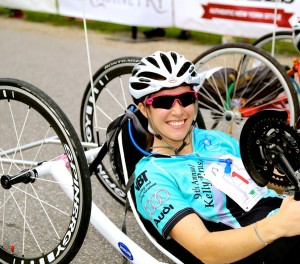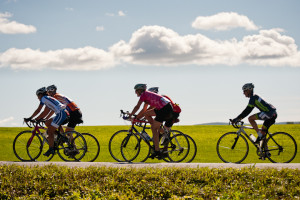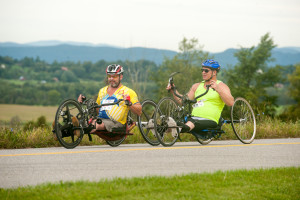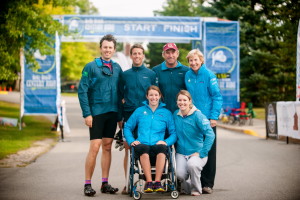Motivation is one of those words so broadly defined as to be almost useless. It is useless, that is, unless you find a definition that works for you.
Let’s consider a few of the synonyms of motivation found in the reliable world of the Thesaurus: catalyst, desire, encouragement, impetus, incentive, reason, wish.
Okay, motivation is what gets you started. We get that. It is the catalyst, the impetus, the incentive that begins feebly with a wish and more positively with desire and reason. Furthermore it is supported by encouragement.
Delving more deeply, we find that motivation is about action, drive and hunger. Now we’re talking. Motivation leads to passion and passion is what fuels our spirits as well as our actions. Of course, this is the piece of the motivation pie in which it is possible to overindulge.
Motivation is also referred to as get-up-and-go or the right-stuff.
Goodness knows we do not want to venture into the dark side of the word, the antonyms. Hatred, discouragement, depression and above all dullness are not where we want to live our days.
“Motivation is what gets you started. Habit is what keeps you going.”
Jim Ryun won a silver medal in the 1968 summer Olympics in track and field. Did you know that? Possibly not. However, you may well have read the above, one of his often quoted and pithy sayings. It’s quite true. Try it.
Find motivation and then seek ways to stay motivated until what you have begun, putting one foot in front of another, like it or not, becomes habit; and habit becomes what you like, and putting one foot in front of another becomes what you really want and choose to do.
Consider the word encouragement. It works both ways. You and I can encourage each other to be or do something, but we must be equally open to receive encouragement if it is to be useful. Encouragement offers support, helps to build confidence and bolsters an attitude of hope. Encouragement is far more than rah-rah cheering. On one hand, it is kind, while on the other promotes boldness and audacity. When we offer encouragement to another, we do so because we believe in him or her, we have faith that another individual is capable, strong, resilient and worthy. Again this works both ways in giving and receiving, offering and accepting.
DAILY
By now we have settled into a new year. 2016 is official. The sprint to the finish of the old year is a thing of the past. We’ve had time to reboot and are now running smoothly into the winter months. Seasonal events, snow sports, winter carnivals, taxes and an onslaught of ads for spring and summer clothing and gear blur visions of the immediate future.
Whatever momentum was built or destroyed in the previous month must be reset as well. It is time to consider personal progress towards health and fitness. It is here that the concept of DAILY is significant.
Fitness is not something acquired by going to a class, maneuvering through a weight circuit, or hitting the treadmill once a week. Fitness is cumulative. It is something that needs to be addressed daily. By doing so, bit-by-bit you will enjoy progress and reap the rewards.
If you are a competitive athlete or already engaged in strenuous physical training, you know that you need to balance your hard days with easy days. You know that intensity must vary and you know that there are multiple elements to fitness.
For those seeking health, increased strength and well being as part of their everyday lives, exercise is a key component, but does not need to be overwhelming.
What is needed, however, is to exercise DAILY. Some days your workout, or training session, will be short and some days long. Some sessions will be intense and others easy. Sometimes you will emphasize flexibility or balance or endurance while at other times you will simply walk the dog or stroll with friends. What is important is to make the HABIT of exercise a DAILY habit. Soon you will look forward to your time even if you cannot imagine doing so right now.
Let me share some examples with you.
I am new to the practice of yoga. I have learned that to practice yoga at home, preferably at the start of the day, is a good habit to acquire. Since my days are full of professional training, I dismissed this concept, until recently. I have learned that as little as 20 minutes spent with my notes and yoga mat transform my day.
Four days a week I work with a group at Blue Cross and Blue Shield of Vermont. Our 45-minute, lunchtime sessions are a testament of what small group personal training can do in the corporate setting. Some dedicated employees are able to attend all four sessions per week and others do so as work permits. Over the years the energy, enthusiasm, education and training has reached a high level. What’s more, in addition to increased strength, fitness, flexibility and balance, these athletes (and, yes, each and everyone has become an athlete) have gained the confidence to try new things and have much fun while doing so.
While many find it best to address their exercise needs in the morning before the day begins, others find the evening the time most do-able. There is no right or wrong. There is no one form of exercise, one piece of equipment or one sport that is better than another. The bottom line is always that the training that you will do is the training that is best.
Above, I alluded to education. For most individuals, exercise science is interesting, enjoyable, and provides a sense of purpose to one’s efforts. While it is not necessary to be able to recite the names of all the muscles, bones, joints, tendons, ligaments and nerves in the human body, it is very helpful to understand the muscular-skeletal system and how it works.
It is easier to strength train, for example, in a balanced manner when you know that the biceps are the opposing muscle group to the triceps; that when you work the quadriceps, you should also train the hamstrings, when you stretch the shins you should also stretch the calf muscles, and so on.
Learning more about your cardiovascular system and aerobic exercise helps you to understand the value of active exercise and to assess intensity to appropriately enhance the strength of the most important muscle in your body, your heart.
Now I refer you back to the word DAILY. I hope you will consider taking the challenge and making exercise a deliberate and purposeful part of each day of your life. Of course you must do so in a way that accommodates family and work, a way that provides for sickness, injury, weather conditions and all the other obstacles to a smoothly executed daily plan.
I invite you to record your efforts in whatever way you choose. Perhaps what will support your plans is to join a class, buddy up with a friend or work with a fitness professional. Perhaps you have the time to explore the internet or browse through one of the many exercise books on the market. Hopefully you will take advantage of the many steps you can add to your day by choosing options to the elevator, remote, auto and chair.
Admittedly it takes a bit of gumption to get outdoors when the temperature is chilly and the air damp, but go ahead. Bundle up. Give a companion a nudge. Open the door and walk out. See what happens.
Energy creates energy. Rather than fatiguing, moving muscles stimulates more action. Activity promotes positive effects to body and mind. It’s a wonderful give and take, an excellent continuum.
Does it all go back to the hypothesis of motivation? Recently I read that one of the top ten resolutions for cyclists (also applying to athletes of any sport) is to be sure that each ride, each training session, has a purpose, structure. Don’t just exercise to get it over with. Think about why you are training and prepare to reach the eventuality you desire. No more junk miles.
On the cover of a magazine that arrived in my mailbox yesterday is the title of an article, “Harness the Power of Intention” steps to make lasting change. These steps have universal application and appeal. It all begins with finding out what you want. Learn more about what you need to do to achieve your goal; become an informed participant. Commit to your goals, your dreams and persevere. Be diligent and disciplined enough to give yourself the opportunity to achieve. Finally look ahead and envision yourself as you wish to be. (Yoga Journal, February 2016, Make this your year, by Elizabeth Marglin.)
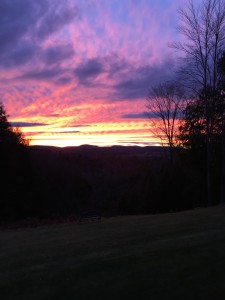
BEGIN EACH DAY WITH INTENTION.
Yes, intention, motivation, a new year. They are gifts to be used. May we all do so and do so daily.



